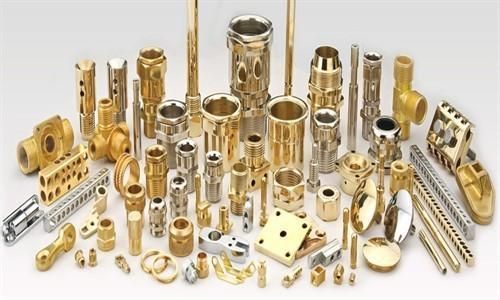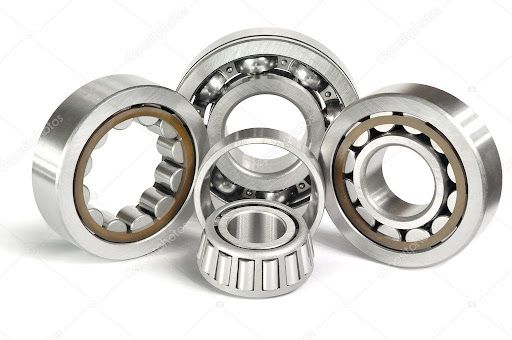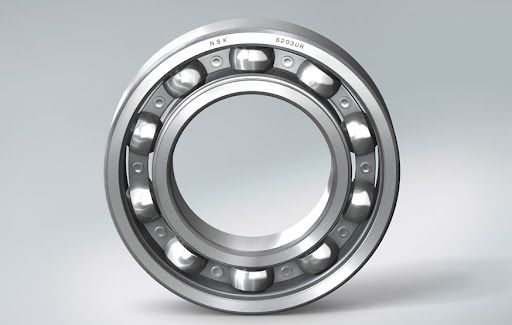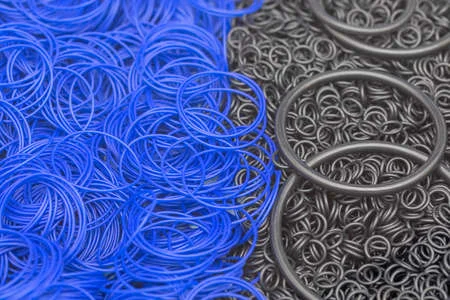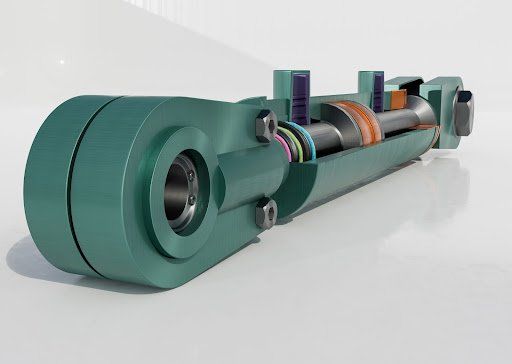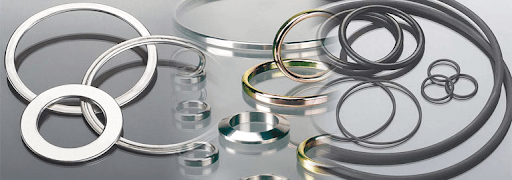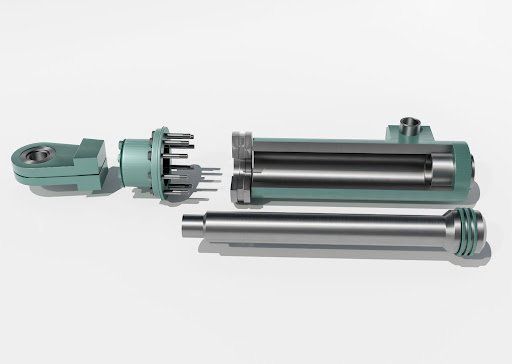Choosing The Correct Seal For Your Bearings
Choosing The Correct Seal For Your Bearings
Bearing seals are used to retain fluids and prevent contamination of the bearing race. The seals must create the least amount of friction and wear, allowing the bearing to perform consistently at its best. They must also provide the most amount of protection for the bearing, even under extreme pressure and environmental conditions. There are enormous amounts of seals to choose from when you’re in the market, so how do you know which type of seal is the most appropriate one for your particular bearings?
There are many factors to consider when deciding on the right bearing seal, starting with the type of bearing you are using. Some bearings have unique features and can only be used under certain conditions. These will have their own types of seals, specifically made to suit them, as will the more common types such as roller bearings, ball bearings and tapered thrust bearings. The type of lubricant you use will also play a part in the selection process. Some seals are more suitable for oil, while others work better with grease.
Other factors that could influence your final choice could include: the shaft arrangement or possible misalignment; the available physical space; the amount of seal friction or maximum temperature; environmental effects; and the cost. Once you have determined the requirements as well as the external conditions that are relevant to your bearing assembly, you will most likely need to decide between the two most common types of seals: contact or non-contact.
Contact Seals
Contact seals provide an effective seal by their ability to exert continuous pressure to the surface area of the bearing with a narrow sealing lip. Contact seals are a reliable solution, particularly if the surface finish is kept smooth and lubricated. The direct contact with the bearing shaft can, however, create friction and heat which can lead to mechanical damage or contamination. The best way to avoid this situation is to put a non-contact seal in front of a contact seal, for added protection.
Non-Contact Seals
Non-contact seals are designed to work better with grease lubricants as they contain a narrow gap, arranged either radially, axially, or a combination of both, between the rotating and stationary components. The benefit of non-contact seals is that they produce virtually no friction and therefore do not wear, making them ideal for high-speed and high-temperature assemblies. If the gap is not kept well-greased, however, it may let in contaminants or allow fluids to leak out.
If you’re in the market for bearing seals and unsure of the correct type to purchase, always contact your trusted local supplier for advice and guidance. Bearing Centre stocks a wide selection of seals and gaskets from tried and tested brands, and our team is available 24/7 to assist with your queries. Call us today!

